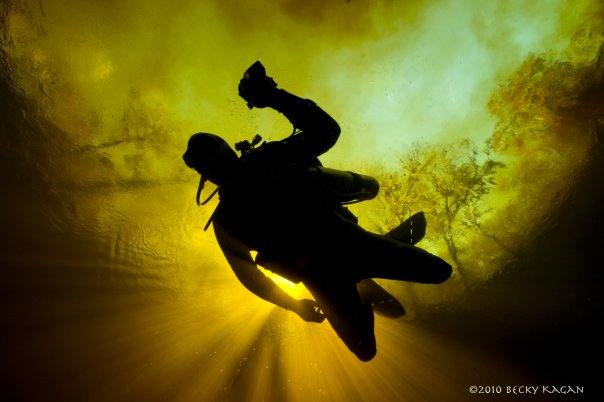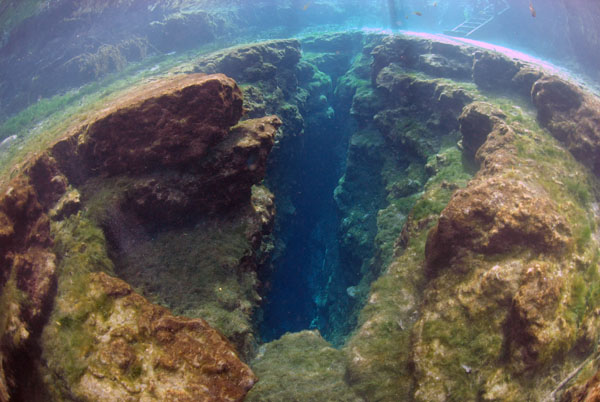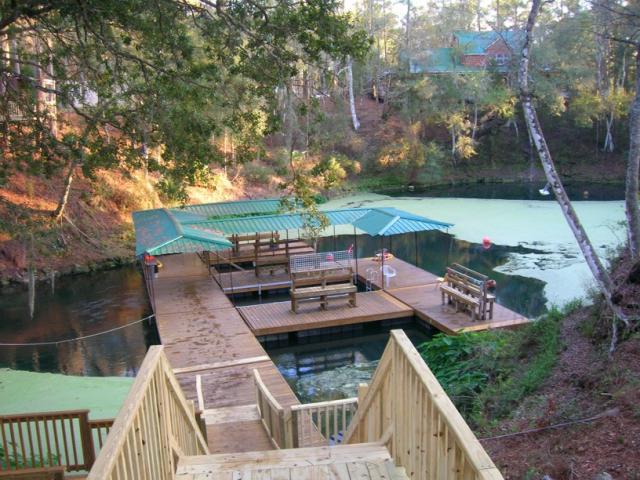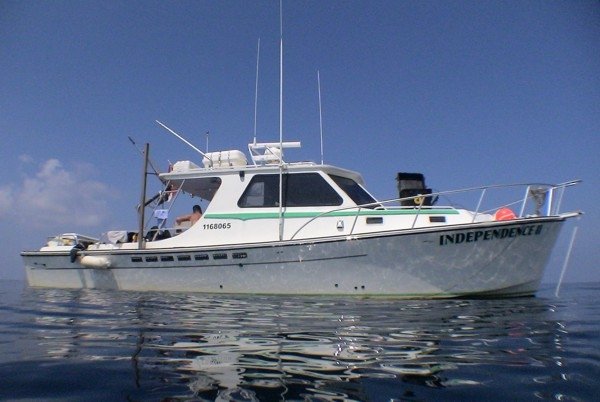The other day, I found myself in a discussion with a group of instructors and experienced divers over the issue of diver etiquette. Everyone agreed that this varies wildly from diver to diver, and shop to shop. While there is no explicit place for this discussion in the training curriculum, it is a subject that should be brought up. We all agreed the best time to teach this is as part of the Open Water class (teach good habits before divers learn bad ones). Many of us do include a few minutes to discuss this in class, then try to reinforce the concept during the open water dives.
Unfortunately, there are other instructors that do not understand the need, do not have the time, or just have bad etiquette themselves.
Ultimately, a diver’s etiquette will reflect their own personality. A diver that only thinks of them self, will never follow good etiquette. Someone that is considerate of others will try their best to be considerate while diving. However, many of the latter do not know how to do this as new divers. Here are some points to consider.
- On the surface:
In many dive locations, gear space is limited. This is especially true on dive boats. Being conscience of this and trying to minimize the space we use is good etiquette. Here are some points to consider on a dive boat. These points also apply to other dive sites, but boats are usually the most space limited.- Gear boxes and bags. Try to keep gear containers no larger than necessary. Try to bring containers that fit neatly under benches. Divers showing up to a boat with over sized bags or too many bags are being inconsiderate of others, and will often get glares or rebuke from the crew. I recommend three containers:
- One for the BC and dry / wet suit
- A small one for dry gear. A backpack works for me (phone, towel, snacks, a few spare parts …),
- A small crate (about the size of a milk crate) for misc Scuba gear (reel, lift bags, lights… with fins on top)
- This configuration works well in most environments of the North East. On a boat, the crate should fit well under the bench where you are setting up your tanks. The drysuit goes in a dry location until needed. The backpack is always in a dry location.
- Put gear away promptly. Once your gear is loaded, set up your tank and stow your gear neatly out of the way. The same is true after a dive. As you take your gear off put it back into your crate and stow it neatly out of the way. Not only is this good etiquette, but it can prevent gear damage or loss on a busy deck.
- Dive Planning: Keep in mind that your not the only one on the boat. I recall several occasions where the entire boat was waiting over half and hour for one customer to finish his dive. If you plan on doing longer dives, then try to get into the water quickly.
- Clean up after yourself: It’s amazing to see how much debris is left after the divers remove their gear from a dive boat. Half empty water bottles, cans, partially eaten bags of food … Yes, the crew will clean the boat, but all of this is in everyone’s way during the trip too.
- Gear boxes and bags. Try to keep gear containers no larger than necessary. Try to bring containers that fit neatly under benches. Divers showing up to a boat with over sized bags or too many bags are being inconsiderate of others, and will often get glares or rebuke from the crew. I recommend three containers:
- Gearing Up This is a process that takes up both space, and time. Here are some items to consider when working to don our gear in limited space.
- Timing: If you know that you take longer than others to gear up, then either start gearing up early, or wait for others to go first.
- Lend a hand: If you decide to wait for the diver next to you, then give them a hand. That way they are out of your way quicker.
- Be self sufficient: This takes some time to learn, and practice. Most boat crews are eager to help in any way they can. However, there are often a lot of divers gearing up at once. Before strapping on tanks, prep the gear so that it is in reach as you don your kit. Watch an experienced crewmen. Most can gear up with no assistance. Again, it’s not that assistance is unavailable, but if you need lots of help, then you’re preventing other divers from getting any.
- Underwater: This can be difficult, since it’s not easy to know where other divers are in relation to yourself. However, here are a few items to keep in mind.
- Look around you. There may be other divers near you that you’re not expecting. This is especially true on or near the up-line. Be careful of your finning when you know other divers are near. Fin slowly until you know your not going to kick a fellow divers.
- Steer clear of classes. If you see an instructor working with a class, try to keep a reasonable distance. Otherwise, you may confuse and distract the students from following their instruction. Also, additional divers in close proximity makes it difficult for the instructor trying to keep watch over his students.
- Photo ops: This is more of an issue in warm water diving, but keep in mind that other divers may want to take a picture also. I’ve had video footage ruined by a diver sticking his fin in view while recording. On the other hand, I try not to take too long, and let the next photographer get a chance.
- Reels: Keep your line reel low and secure. On several dives, the wreck looked like spider web with lines draped here and there. Near the up-line it’s important to tie your reel low and put wraps close to the wreck. A line 10 ft off the wreck can become an entanglement hazard as it is out of an approaching divers view. When passing across another line, pass your line underneath. Assuming your on your way out, the other diver should be on his way back before you, and will not be delayed by your line.
Conclusion:
Again, many of these points apply anywhere, not just to dive boats. Any time space is limited, we need to work to make maximum use of it.
These were some of the points our group discussed. Let me know if you have others.



